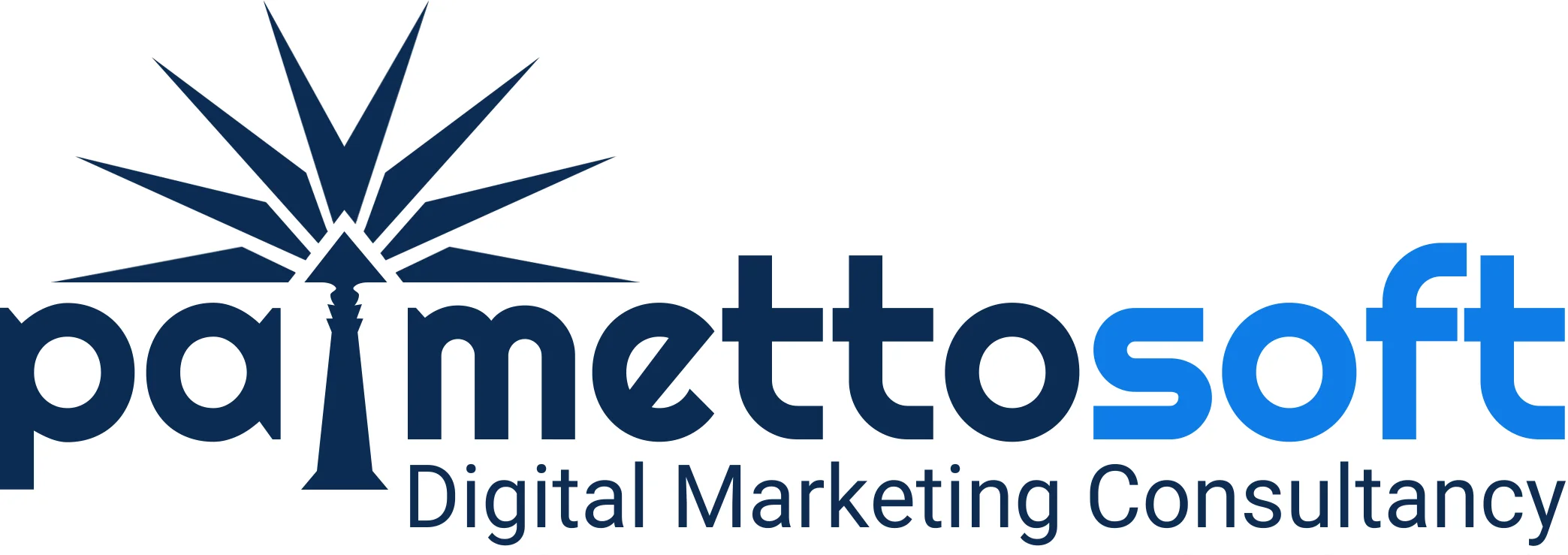In the ever-evolving world of SEO, businesses are always on the hunt for strategies that yield the best results in terms of visibility, traffic, and conversions. One of the most effective, yet sometimes overlooked, strategies is the use of long-tail keywords. These keywords may not have the search volume of more general terms, but they bring significant benefits in terms of relevance, competition, and user intent. In this post, we’ll explore why optimizing for long-tail keywords is crucial for SEO campaigns and how it can contribute to overall campaign success.
What Are Long-Tail Keywords?
Long-tail keywords are longer, more specific phrases that visitors are more likely to use when they are closer to making a purchase or finding exactly what they’re looking for. While they may not have the high search volume of shorter, broader keywords, long-tail keywords tend to have higher conversion rates due to their specificity and relevance to user intent.
For example, instead of targeting the keyword “shoes,” a long-tail keyword might be “best-running shoes for flat feet women.” The latter is far more specific, which means the person searching for it is likely further along in the buying process and has a clearer idea of what they want.
Why Focus on Long-Tail Keywords?
1. Less Competition, Higher Rankings
One of the biggest challenges in SEO is outranking competitors for highly popular and broad keywords. A keyword like “shoes” has tens of millions of search results and is highly competitive, making it difficult for smaller businesses to rank well. Long-tail keywords, however, have far less competition.
Research from Ahrefs shows that 92% of all keywords get fewer than 10 searches per month, meaning that most search queries are unique long-tail searches. Targeting these keywords makes it easier to achieve higher rankings without competing against large, well-established websites.
2. Better User Intent and Lead Conversion
Long-tail keywords are closely tied to user intent, which refers to the purpose behind a user’s search query. Users typing long-tail queries are usually looking for something specific, and they are often ready to take action, whether it’s making a purchase, signing up for a service, or requesting more information.
A study by WordStream highlights that long-tail keywords have a 2.5 times higher conversion rate than short-tail keywords. This is because long-tail searchers are more likely to convert since they know exactly what they are looking for. By optimizing for these terms, businesses can better align their content with user needs, resulting in higher lead conversion rates.
3. Improved Content Relevance
Long-tail keywords allow you to create highly relevant and targeted content, which improves the overall user experience. By focusing on niche topics that your audience is specifically interested in, you can build content that resonates with their needs and preferences.
For example, if you run a fitness blog, optimizing for long-tail keywords like “best yoga mats for hot yoga” allows you to create targeted content that answers specific questions your audience has. This not only increases engagement but also signals to search engines that your content is highly relevant to user searches.
4. Supports Voice Search Optimization
With the growing use of voice search, long-tail keywords are becoming more important. When people use voice search on devices like smartphones or smart speakers, they tend to use more natural, conversational phrases. Long-tail keywords often mirror these types of queries.
According to Google, 27% of the global online population uses voice search on mobile, and the trend is only increasing. Optimizing for long-tail keywords that reflect how people speak in everyday language can help you capture more voice search traffic, giving your website a competitive edge in this growing area.
5. Cost-Effective for Paid Campaigns
In addition to organic search benefits, long-tail keywords can also be cost-effective for paid search campaigns like Google Ads. Short, popular keywords can have high cost-per-click (CPC) rates due to high competition, but long-tail keywords generally have lower CPCs, making them more affordable.
Using long-tail keywords in paid campaigns allows you to attract highly targeted traffic at a lower cost. Additionally, because these keywords are more specific, the traffic you do get is more likely to convert, making your ad spend more efficient.
6. Long-Term SEO Success
While broad keywords can bring short-term traffic spikes, long-tail keywords contribute to long-term SEO success. These keywords tend to generate steady, sustainable traffic over time because they target specific user needs.
A study by Moz found that over 70% of search traffic comes from long-tail keywords. As a result, optimizing for these keywords helps you build a solid foundation for SEO that continuously brings relevant traffic, even if the search volumes are lower. This contributes to a more consistent and long-lasting SEO strategy.
7. Better Adaptability to Algorithm Changes
Search engines like Google are constantly evolving their algorithms to prioritize user experience and search relevance. Long-tail keywords are less likely to be affected by these updates because they are focused on specific, intent-driven queries. By targeting long-tail keywords, your SEO strategy becomes more adaptable and resilient to changes in search algorithms.
Advanced SEO Techniques for Long-Tail Keyword Optimization
To get the most out of long-tail keyword optimization, use these advanced SEO techniques:
- Keyword Research Tools: Use tools like Ahrefs, SEMrush, and Google Keyword Planner to identify long-tail keywords with low competition and moderate search volume.
- Content Clustering: Group related long-tail keywords together in a content cluster, creating a pillar page with supporting content around it to enhance relevance.
- On-Page SEO: Ensure that your long-tail keywords are used naturally in the title tag, meta description, headers, and throughout the content.
- Internal Linking: Create internal links to related blog posts or pages using long-tail keywords as anchor text.
- Voice Search Optimization: Include conversational, question-based long-tail keywords to target voice search users.
Conclusion
Optimizing for long-tail keywords can bring numerous benefits to an SEO campaign, including improved rankings, higher conversion rates, better content relevance, and long-term success. By targeting specific, intent-driven queries, you can effectively drive quality traffic to your site while staying ahead of the competition. With the right strategies and techniques, long-tail keywords can become the backbone of your successful SEO campaign.









